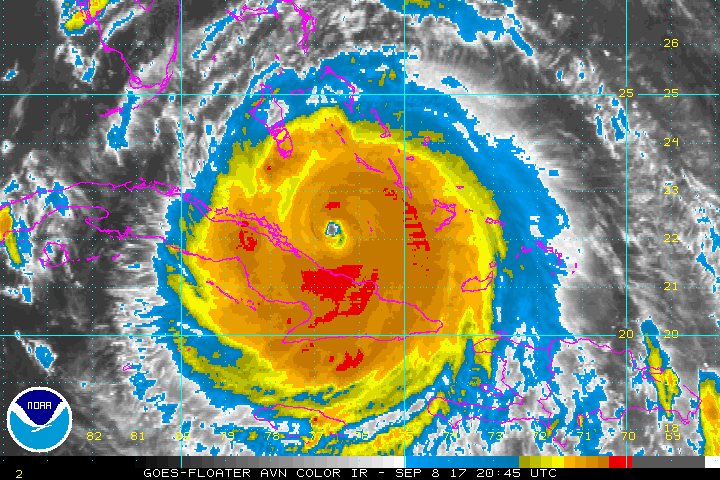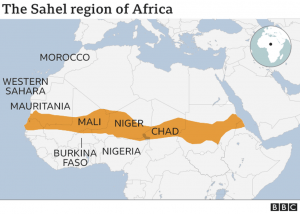
Unic Press UK: Hurricane Irma will cause lots of problem in the United States, the Federal Emergency Management Agency Administrator (FEMA) said.
“Obviously Hurricane Irma continues to be a threat that is going to devastate the United States, either Florida or the southeastern United States. This is a complex forecast. Anybody from Alabama to North Carolina should be watching this storm very closely. The forecast and direct impacts of this storm have yet to be determined because, one, it is a very powerful storm… We’re going to have a couple rough days,” the administrator of FEMA, Brock Long, said at a press conference Friday morning.
Long, the head of FEMA further warned that it was not a question whether the storm will hit the U.S., but how hard it would be and the degree of damage.
Hurricane Irma is currently racing towards Florida after leaving a catastrophe in the Caribbean islands. The forecast is that it will make landfall in Florida on Sunday. There are mandatory evacuations in some parts of Florida.
This powerful storm that has already caused the death of more than 20 lives across the Caribbean, is predicted to be one that will also create multi-billion dollar of insured losses, knock out power supply to millions of people, destroy private and public properties, adversely impacting on energy supplies, and so on.
Hurricane Irma is of epic proportion, perhaps bigger than we have ever seen. Be safe and get out of its way,if possible. Federal G is ready!
— Donald J. Trump (@realDonaldTrump) September 8, 2017
About Hurricanes
“Hurricanes are among nature’s most powerful and destructive phenomena. On average, 12 tropical storms, 6 of which become hurricanes form over the Atlantic Ocean, Caribbean Sea, or Gulf of Mexico during the hurricane season which runs from June 1 to November 30 each year. In the Central Pacific Ocean, an average of 3 tropical storms, 2 of which become hurricanes form or move over the area during the hurricane season, which runs from June 1 to November 30 each year. Guam, the Northern Marianas and Micronesia experience typhoons all year round but the main season in July through November with a peak from mid-August to mid-September. Over a typical 2-year period, the U.S. coastline is struck by an average of 3 hurricanes, 1 of which is classified as a major hurricane (winds of 111 mph or greater). By knowing what actions to take before the hurricane season begins, when a hurricane approaches, and when the storm is in your area, as well as what to do after a hurricane leaves your area, you can increase your chance of survival.” [National Hurricane Center (NHC) website: 8 September 2017]




